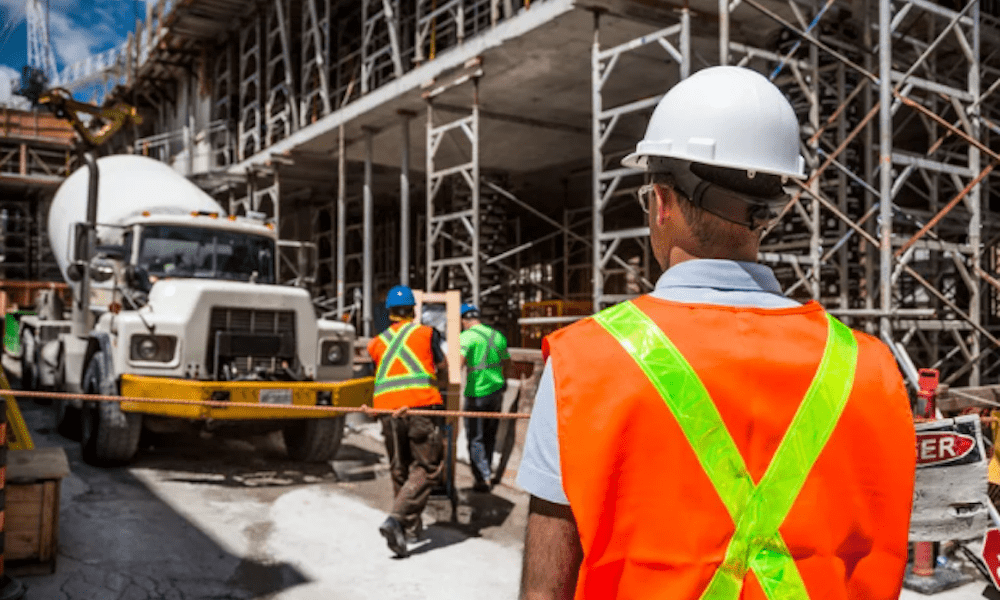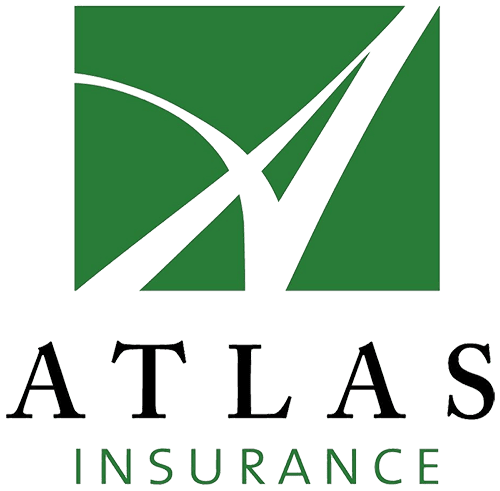
Understanding common construction risks is essential for any project, as construction is a high-risk business, encompassing everything from the types of work being performed to the financial uncertainty of payments and the potential for lawsuits.
Insurers and surety companies measure construction risk by examining exposure to possible losses, recognizing that some losses have a higher likelihood of occurrence than others and may have more significant consequences for your business.
What are the Construction Risk Categories to Consider?
When identifying and analyzing construction risk, it’s helpful to categorize these risks. Here are some key categories you should consider to effectively manage construction risk in your business. Use this checklist to assess your construction business through a construction risk liability lens:
- Technical Risks: Poor design, insufficient site investigation, inadequate specifications, or unavailability of materials.
- Logistical Risks: Lack of equipment, spare parts, fuel, labor, or transportation.
- Construction Risks: Uncertainty of supplies, worksite injuries and accidents, negligence, construction defects, and weather or seasonal uncertainty.
- Contractual Risks: Legal and regulatory issues, contract and labor disputes.
- Financial Risks: Cost escalation, delays in payment, rising interest rates, lack of sales, or unmanaged growth.
- Project Risks: Improper management, inadequate allocation of resources, and unrealistic schedules or schedule changes.
- Political Risks: Zoning disputes, lack of funding for public projects, or political unrest.
- Competitive Risks: Pressure to underbid a competitor, lack of profitability, or being overextended.
- Ethical Risks: Pressure to engage in unethical practices to win bids, putting current and future contracts at risk.
Categories and Sub-Categories of Construction Risk
Having identified the categories of construction risk for your business, the next step is to detail and organize these risks. This checklist will aid in pinpointing specific liabilities:
- Write a description of each risk, assessing the likelihood (low, medium, high) and the potential impact on your business (low, medium, high).
- Consider effects on workers or subcontractors, scheduling, material quality, job site safety, and identify actions for mitigation.
- Recognize early warning signs of liability, such as recurring accidents or contract issues, and decide on communication methods once risks are identified.
- Determine who owns each risk category and the methods used to handle previously reported risks, including contingency plans or written guides, and how the steps of these plans are communicated (e.g., formal training).
Understanding and managing construction risk is critical to the success of any construction project, ensuring both the safety of all involved and the project’s financial stability.
Once you’ve figured out the risks, liabilities and potential business impact, move on to assembling a risk management team to figure out the details of your risk management plan. Use a risk management team checklist to help you and your team develop your plan.
